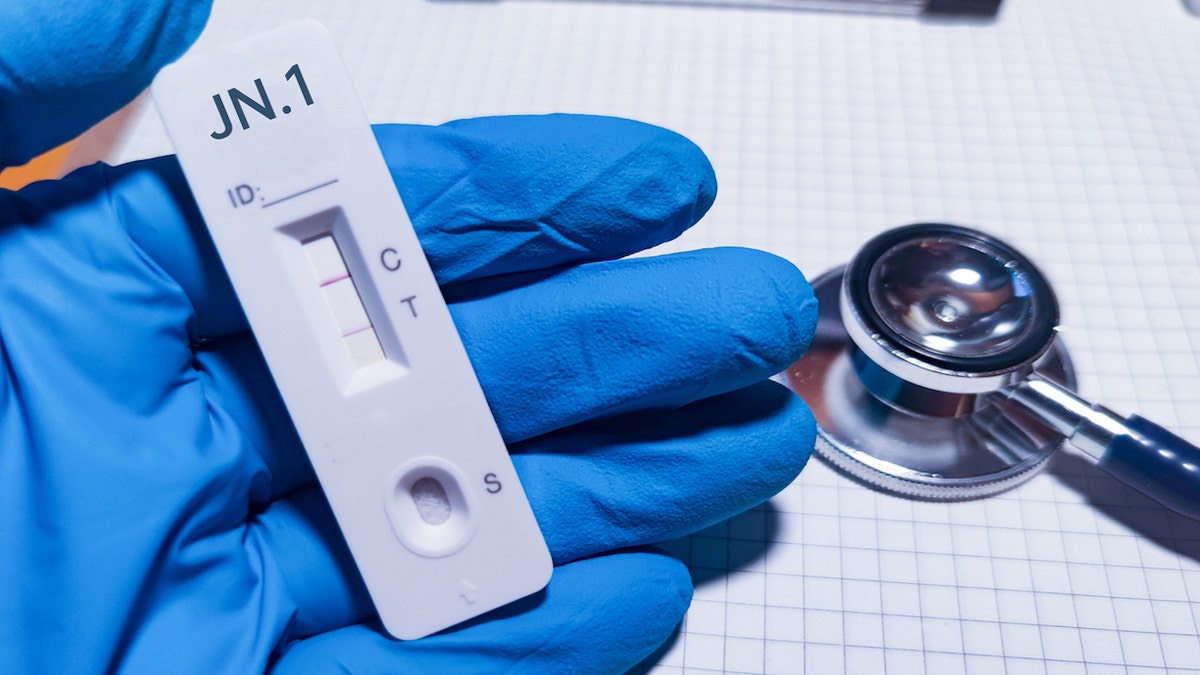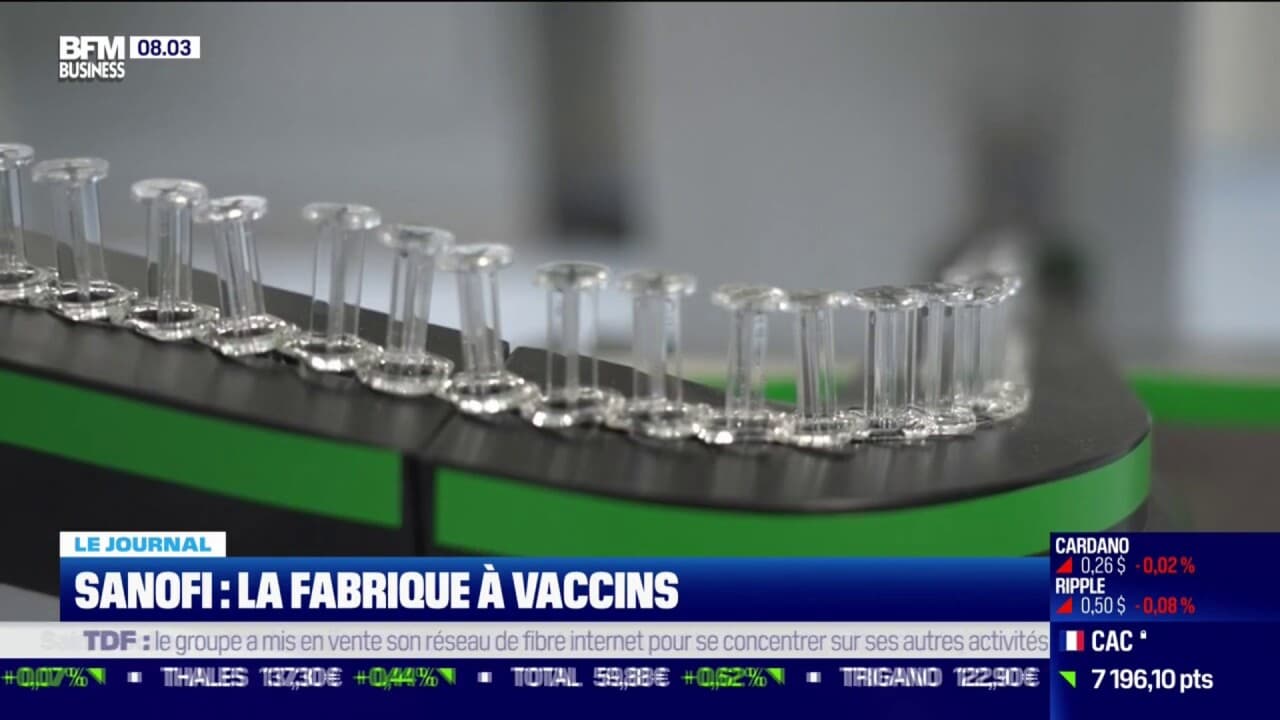COVID-19 JN.1 Variant In India: Symptoms, Spread, And Precautions

Table of Contents
Symptoms of the COVID-19 JN.1 Variant in India
While research is ongoing, the symptoms of the JN.1 variant are largely similar to those observed with other Omicron subvariants. This means that identifying JN.1 solely based on symptoms is difficult, highlighting the importance of testing. Knowing the common symptoms, however, allows for early detection and isolation, preventing further spread.
- Fever or chills: A significant temperature increase is a common indicator.
- Cough: A persistent cough, either dry or productive, is frequently reported.
- Shortness of breath or difficulty breathing: Respiratory distress can vary in severity.
- Fatigue: Extreme tiredness and exhaustion are frequently experienced.
- Muscle or body aches: Widespread muscle pain and discomfort are common.
- Headache: Headaches, ranging from mild to severe, are often reported.
- New loss of taste or smell: Changes in the senses of taste and smell can indicate infection.
- Sore throat: A scratchy or painful throat is a frequently observed symptom.
- Congestion or runny nose: Nasal congestion and a runny nose can accompany other symptoms.
- Nausea or vomiting: Gastrointestinal symptoms, such as nausea and vomiting, have been reported in some cases.
- Diarrhea: Diarrhea is another less common but possible gastrointestinal symptom associated with COVID-19 infection.
It's crucial to remember that these symptoms can also be associated with other illnesses, including the common cold and influenza. Therefore, testing is essential for an accurate diagnosis of the COVID-19 JN.1 variant or any other variant. If you experience these symptoms, especially if they are severe or persistent, consult a medical professional immediately for testing and appropriate guidance.
Spread and Transmission of the COVID-19 JN.1 Variant
The JN.1 variant, like other Omicron subvariants, is believed to spread primarily through respiratory droplets produced when an infected person coughs, sneezes, or talks. This airborne transmission makes it highly contagious, especially in enclosed spaces with poor ventilation. Understanding how it spreads is crucial for effective prevention strategies.
- Close contact: Close contact with an infected individual significantly increases the risk of transmission. Maintaining a safe distance is crucial.
- Airborne transmission: The virus can remain suspended in the air for a period, making airborne transmission a significant concern, especially in poorly ventilated areas.
- Community spread: The extent of community spread depends on various factors, including vaccination rates, adherence to public health guidelines, and the overall prevalence of the virus in the community. Monitoring local health advisories is essential.
- Transmissibility: Research is still underway to fully understand the specific transmissibility of JN.1 compared to other Omicron subvariants. However, given its nature as an Omicron subvariant, it's crucial to assume a high level of contagiousness.
Precautions and Prevention Measures Against the COVID-19 JN.1 Variant
Protecting yourself from the JN.1 variant requires a multi-pronged approach focusing on established preventative measures. While specific treatments tailored to JN.1 might not yet be available, existing methods remain highly effective.
- Vaccination: Getting vaccinated and receiving booster shots as recommended by health authorities is the most effective way to protect yourself against severe illness. Vaccines significantly reduce the risk of hospitalization and death.
- Mask Wearing: Wearing a well-fitting mask, preferably an N95 or KN95 mask, in crowded indoor settings significantly reduces the risk of infection. Proper mask usage is key.
- Hygiene: Frequently wash your hands with soap and water for at least 20 seconds or use an alcohol-based hand sanitizer. Good hand hygiene is fundamental in preventing the spread of viruses.
- Social Distancing: Maintaining physical distance from others, especially in crowded areas, reduces the likelihood of close-contact transmission. Try to avoid crowded places whenever possible.
- Ventilation: Improve ventilation in indoor spaces by opening windows and using air purifiers where possible. Good ventilation helps to dilute airborne viruses.
- Testing: Get tested if you experience symptoms or have been in close contact with someone who has tested positive for COVID-19. Early detection is crucial for containing spread.
Conclusion
The COVID-19 JN.1 variant presents a continuing challenge in India. While its symptoms are largely similar to other Omicron variants, understanding its transmission and taking necessary precautions remain vital for protecting public health. Staying informed about the latest updates from health authorities, such as the Indian Council of Medical Research (ICMR) and the Ministry of Health and Family Welfare, is crucial.
Stay vigilant against the COVID-19 JN.1 variant and other emerging variants. Prioritize vaccination, follow recommended preventative measures diligently, and consult your doctor if you experience symptoms. By working together and taking proactive steps, we can mitigate the impact of the COVID-19 JN.1 variant and build a healthier community. Remember, proactive prevention is the best defense against the COVID-19 JN.1 variant and future variations.

Featured Posts
-
 Le Rachat D Un Anticorps Par Sanofi Aupres De Dren Bio Analyse De L Operation De Mars 2025
May 31, 2025
Le Rachat D Un Anticorps Par Sanofi Aupres De Dren Bio Analyse De L Operation De Mars 2025
May 31, 2025 -
 Iberdrolas Statement On Spain Blackout Grid Issues Cited
May 31, 2025
Iberdrolas Statement On Spain Blackout Grid Issues Cited
May 31, 2025 -
 Giro D Italia 2025 Livestream Free Viewing Guide
May 31, 2025
Giro D Italia 2025 Livestream Free Viewing Guide
May 31, 2025 -
 Miley Cyrusin Bruno Mars Plagiointijuttu Jatkuu Syytteitae Ei Hylaetty
May 31, 2025
Miley Cyrusin Bruno Mars Plagiointijuttu Jatkuu Syytteitae Ei Hylaetty
May 31, 2025 -
 La Brascada Ingredientes Y Elaboracion Del Bocadillo Valenciano
May 31, 2025
La Brascada Ingredientes Y Elaboracion Del Bocadillo Valenciano
May 31, 2025
